Home>Kitchen & Cooking>Kitchen Gadgets & Utensils>How To Identify Oneida Flatware Pattern
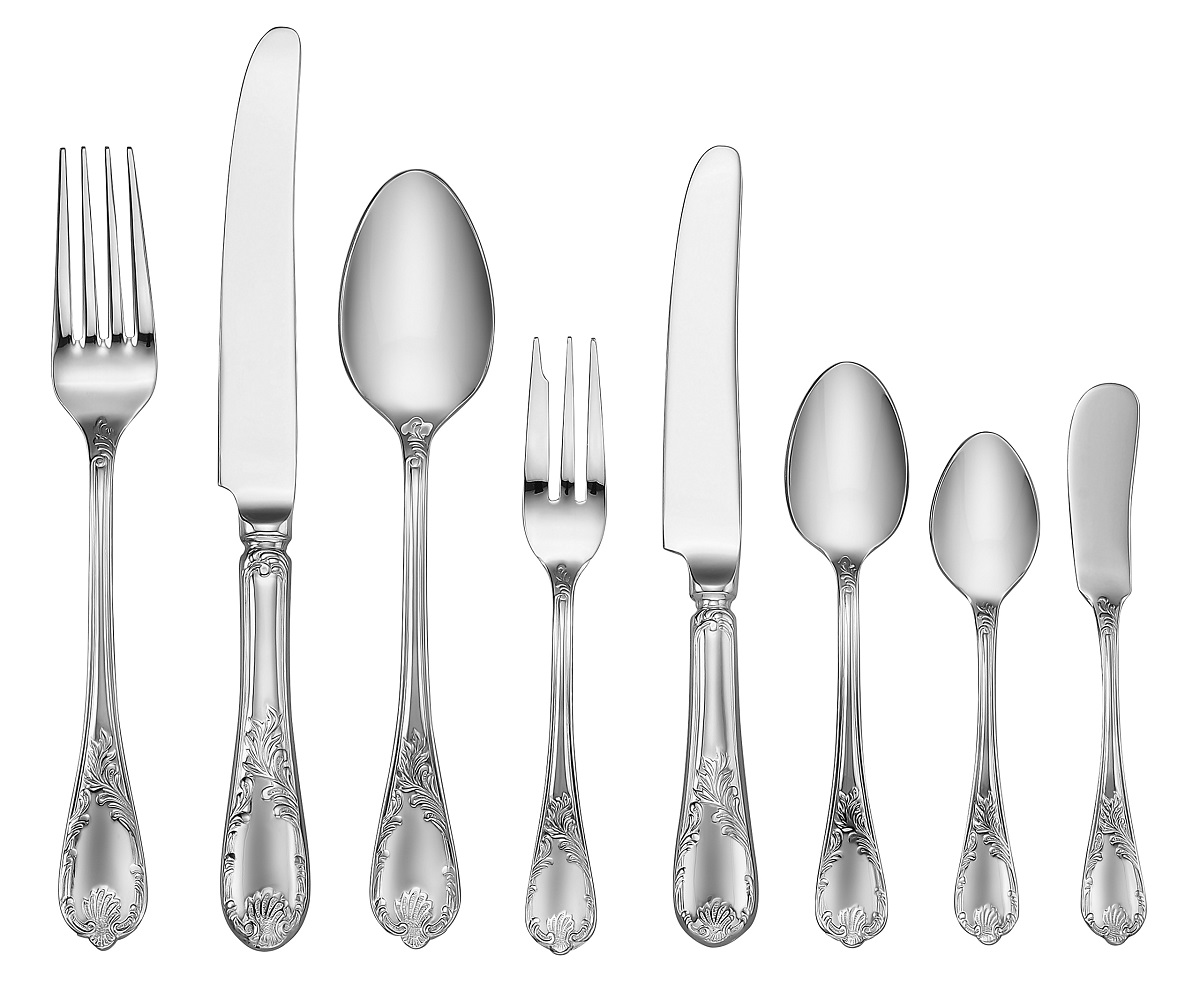

Kitchen Gadgets & Utensils
How To Identify Oneida Flatware Pattern
Published: February 1, 2024
Learn how to identify Oneida flatware patterns and add to your collection of kitchen gadgets and utensils. Discover tips and tricks for recognizing unique designs and styles.
(Many of the links in this article redirect to a specific reviewed product. Your purchase of these products through affiliate links helps to generate commission for Storables.com, at no extra cost. Learn more)
Introduction
Identifying the pattern of your Oneida flatware can be an intriguing and rewarding endeavor. Whether you inherited a cherished set from a family member or stumbled upon a unique piece at an antique store, uncovering the specific pattern adds a layer of appreciation to these everyday items. Oneida flatware patterns are as diverse as they are timeless, each bearing a distinct design that reflects the era and artistic influences of its creation. By delving into the process of pattern identification, you embark on a journey that intertwines history, craftsmanship, and personal connection.
In this comprehensive guide, we will walk you through the steps to accurately identify your Oneida flatware pattern. From gathering essential information to utilizing online resources and consulting Oneida's expertise, you will gain the knowledge and confidence to discern the intricate details that define your flatware pattern. Whether you are an avid collector, a curious enthusiast, or simply seeking to complete a set, this guide will equip you with the tools to unravel the mystery behind your Oneida flatware.
As we embark on this exploration, it's important to approach the process with a sense of curiosity and appreciation for the artistry encapsulated within each pattern. The journey of identifying Oneida flatware patterns is not merely a quest for names and numbers; it's an opportunity to immerse ourselves in the rich tapestry of design history and the enduring legacy of craftsmanship. So, let's embark on this enlightening journey, where every detail holds a story waiting to be unveiled.
Key Takeaways:
- Uncover the Story Behind Your Oneida Flatware
Embark on a fascinating journey to identify your Oneida flatware pattern, delving into history, design, and personal connections. Gather, examine, research, and compare to unveil the unique narrative woven into your cherished flatware. - Embrace the Adventure of Pattern Identification
From scrutinizing intricate details to seeking expert guidance, the process of identifying your Oneida flatware pattern is a captivating exploration of artistry and craftsmanship. Each step brings you closer to unraveling the distinct story behind your cherished flatware.
Read more: Where Is Oneida Flatware Made
Step 1: Gather Information
Before delving into the intricate details of your Oneida flatware, it's essential to gather pertinent information that will serve as the foundation for pattern identification. This initial step sets the stage for a thorough and informed analysis, allowing you to approach the process with clarity and purpose.
1.1 Examine the Flatware Set
Begin by examining the flatware set as a whole. Take note of any markings, engravings, or logos present on the pieces. These identifiers can offer valuable clues about the specific pattern and its era of production. Pay close attention to the back of the pieces, as this is where you are likely to find relevant markings.
1.2 Inventory and Documentation
Create an inventory of the flatware pieces in your possession, noting the quantity of each type of utensil (e.g., dinner forks, teaspoons, knives). Additionally, document any accompanying items such as serving utensils or specialty pieces. This comprehensive inventory will aid in cross-referencing with known Oneida patterns during the identification process.
1.3 Note Unique Design Elements
Observe and make note of any unique design elements present in the flatware. This includes intricate patterns, motifs, or specific characteristics that set the pieces apart. Pay attention to the handles, tines, and blades of the utensils, as these areas often showcase distinctive design features that are indicative of a particular pattern.
1.4 Record Acquisition Details
If the flatware set was acquired through inheritance, purchase, or gifting, record any available details regarding its origin. Information such as the source of acquisition, previous ownership, or known history of the set can provide valuable context that may aid in the identification process.
1.5 Photograph the Flatware
Capture clear, detailed photographs of the flatware, focusing on the unique design elements, markings, and any distinguishing features. These visual references will serve as a valuable resource during online research and when seeking assistance from experts or collectors.
By meticulously gathering this information, you lay the groundwork for a comprehensive and methodical approach to identifying your Oneida flatware pattern. Each detail and observation contributes to the intricate tapestry of information that will ultimately lead to a conclusive pattern identification.
Step 2: Examine the Flatware
Upon embarking on the journey to identify your Oneida flatware pattern, a pivotal step involves a meticulous examination of the flatware itself. This process delves into the intricate details of each piece, unraveling the visual cues and unique characteristics that define the pattern. By immersing yourself in a close scrutiny of the flatware, you pave the way for a deeper understanding of its design elements and historical context.
Begin by carefully inspecting each utensil, paying close attention to the handles, tines, and blades. These areas often bear the hallmark features that distinguish one pattern from another. Look for distinctive motifs, engravings, or embellishments that contribute to the overall aesthetic of the flatware. Whether it's a floral motif adorning the handle of a dinner fork or an ornate pattern gracing the blade of a knife, these visual cues serve as vital indicators in the pattern identification process.
Next, examine the back of the flatware pieces for any markings or engravings. Oneida flatware often bears specific stamps or logos that denote the pattern and, in some cases, the year of production. These markings may appear as a combination of letters, numbers, or symbols, providing valuable insights into the identity of the pattern and its historical lineage.
As you scrutinize the flatware, take note of any unique design elements that set it apart. Perhaps there are intricate scrollwork patterns, geometric motifs, or stylized accents that define the aesthetic appeal of the pieces. These design nuances not only contribute to the overall charm of the flatware but also serve as distinguishing features that aid in pattern recognition.
In addition to visual examination, consider the tactile qualities of the flatware. Run your fingers along the contours of the handles, noting any textural details or ergonomic features. The tactile experience can offer subtle clues about the craftsmanship and design philosophy behind the pattern, adding another dimension to your exploration.
By immersing yourself in a thorough examination of the flatware, you unravel a tapestry of visual and tactile cues that form the essence of the pattern. Each detail uncovered during this process brings you closer to unlocking the identity and historical significance of your cherished Oneida flatware.
Step 3: Research Online
Embarking on the online research phase is a pivotal step in the journey to identify your Oneida flatware pattern. The vast expanse of digital resources and specialized platforms provides a wealth of information and visual references that can significantly aid in pattern recognition. By leveraging the power of online research, you open doors to a diverse array of sources, from historical archives to dedicated flatware enthusiast forums, each offering valuable insights and expertise.
3.1 Utilize Oneida's Official Website
Begin your online exploration by visiting Oneida's official website, where you can access a comprehensive repository of flatware patterns. Oneida often provides an archive or catalog section that showcases a range of historical and contemporary patterns, complete with detailed images and descriptive information. By browsing through these resources, you can compare the visual characteristics of your flatware with known patterns, narrowing down potential matches and gaining a deeper understanding of the design elements unique to each pattern.
3.2 Explore Online Marketplaces and Auction Sites
Online marketplaces and auction sites serve as treasure troves of visual references and historical context for Oneida flatware patterns. Platforms such as eBay, Etsy, and specialized antique flatware websites feature listings of various Oneida patterns, accompanied by detailed images and, in some cases, pattern names or identification tags. By immersing yourself in these online collections, you can familiarize yourself with the diverse array of Oneida patterns, honing your visual recognition skills and expanding your knowledge of the brand's design legacy.
3.3 Engage with Flatware Enthusiast Communities
Dedicated flatware enthusiast communities and forums offer a unique opportunity to connect with individuals who share a passion for Oneida flatware. These online platforms often host discussions, image galleries, and pattern identification threads where members actively contribute their expertise and insights. By participating in these communities, whether through posting images of your flatware or seeking guidance from seasoned collectors, you can tap into a collective pool of knowledge and experience, gaining valuable perspectives that may illuminate the path to identifying your pattern.
3.4 Leverage Online Research Tools and Databases
Specialized online research tools and databases cater to the needs of flatware enthusiasts and collectors, providing curated repositories of pattern images, historical catalogs, and detailed descriptions. Websites dedicated to silverware and flatware identification offer search functionalities that allow you to input visual attributes or markings from your flatware, generating potential pattern matches and relevant historical information. By harnessing these digital tools, you can navigate through an extensive database of Oneida patterns, refining your search based on specific design elements and visual cues.
Read more: What Is Flatware?
3.5 Seek Insights from Social Media Platforms
Social media platforms, particularly visual-centric ones such as Pinterest and Instagram, host a myriad of curated collections and enthusiast accounts dedicated to vintage and antique flatware. By exploring relevant hashtags and following accounts that showcase Oneida patterns, you can immerse yourself in a visual tapestry of design inspiration and historical references. Engaging with the flatware community on social media allows you to glean insights, discover rare patterns, and draw inspiration from the diverse array of Oneida flatware showcased by enthusiasts and collectors worldwide.
By delving into the realm of online research, you harness the collective knowledge and visual resources available across digital platforms, enriching your journey to identify the unique pattern of your Oneida flatware. Each online encounter and discovery brings you closer to unraveling the intricate tapestry of design history and craftsmanship encapsulated within your cherished flatware set.
Step 4: Consult Oneida Resources
Consulting Oneida's official resources stands as a pivotal step in the quest to identify your Oneida flatware pattern. Oneida, a renowned name in the realm of flatware and silverware, offers a wealth of expertise and historical archives that serve as invaluable assets in the pattern identification process.
Commence this phase by visiting Oneida's official website, where you can delve into dedicated sections or archives showcasing a comprehensive array of flatware patterns. These resources often feature high-resolution images, detailed descriptions, and historical insights pertaining to each pattern. By immersing yourself in Oneida's official catalog, you gain access to a curated repository of design legacies, spanning decades of artistic evolution and craftsmanship.
Furthermore, Oneida's customer support and inquiry channels provide a direct avenue for seeking assistance in pattern identification. Whether through email correspondence, online chat support, or dedicated helplines, reaching out to Oneida's knowledgeable staff can yield valuable insights and guidance. By providing clear photographs and pertinent details about your flatware, you can leverage the expertise of Oneida's team to narrow down potential pattern matches and gain a deeper understanding of the historical context surrounding your flatware set.
In addition to the official website, Oneida may offer specialized publications, historical catalogs, or archival materials that delve into the brand's rich heritage of flatware design. These resources serve as windows into the evolution of Oneida patterns, shedding light on the artistic influences, design philosophies, and historical significance associated with each pattern. By exploring these archival materials, you gain a nuanced perspective on the intricate details and cultural influences that define Oneida's diverse array of flatware patterns.
Engaging with Oneida's resources not only enriches the pattern identification process but also fosters a deeper appreciation for the artistry and craftsmanship encapsulated within your flatware. Each interaction with Oneida's official channels and historical archives brings you closer to unraveling the unique narrative woven into your cherished Oneida flatware, culminating in a profound connection to its design legacy.
Step 5: Compare and Confirm
After meticulously gathering information, examining the intricate details of your Oneida flatware, conducting thorough online research, and consulting Oneida's official resources, you have arrived at the culminating phase of the pattern identification journey: comparing and confirming the potential pattern matches. This pivotal step involves a meticulous side-by-side analysis of your flatware with known patterns, aiming to validate the visual cues and historical context that align with a specific Oneida pattern.
Commence this phase by creating a visual comparison matrix, either digitally or through printed images, featuring your flatware alongside high-quality photographs or illustrations of potential pattern matches sourced from Oneida's catalogs, online resources, or expert guidance. Pay meticulous attention to the intricate design elements, motifs, and structural characteristics present in both your flatware and the reference patterns. Look for nuanced details such as the curvature of handles, the arrangement of motifs, and the presence of specific engravings or markings that serve as defining attributes of each pattern.
As you engage in this comparative analysis, consider the historical context and production timelines associated with the potential pattern matches. Delve into the era-specific design trends, artistic influences, and manufacturing techniques that align with the visual attributes of the patterns under scrutiny. By contextualizing the design elements within their respective historical periods, you gain a deeper understanding of the cultural and artistic nuances that define each pattern, further aiding in the process of confirmation.
Seek validation from knowledgeable sources within the flatware community, whether through online forums, collector groups, or expert appraisers. Share detailed images and pertinent information about your flatware, inviting insights and perspectives from individuals well-versed in Oneida patterns. Their expertise and discerning eye for design intricacies can offer valuable validation or redirection in the pattern identification process, refining your focus and bolstering the confidence in your findings.
Finally, revisit the initial inventory and documentation gathered during the early stages of the identification journey. Cross-reference the unique design elements, markings, and historical context of your flatware with the known attributes of potential pattern matches. By aligning these details and confirming their coherence with a specific Oneida pattern, you solidify the culmination of your pattern identification quest, unveiling the distinct narrative woven into your cherished flatware.
In this phase of comparison and confirmation, each meticulous observation and validation brings you closer to unraveling the unique pattern adorning your Oneida flatware, culminating in a profound connection to its design legacy.
Frequently Asked Questions about How To Identify Oneida Flatware Pattern
Was this page helpful?
At Storables.com, we guarantee accurate and reliable information. Our content, validated by Expert Board Contributors, is crafted following stringent Editorial Policies. We're committed to providing you with well-researched, expert-backed insights for all your informational needs.
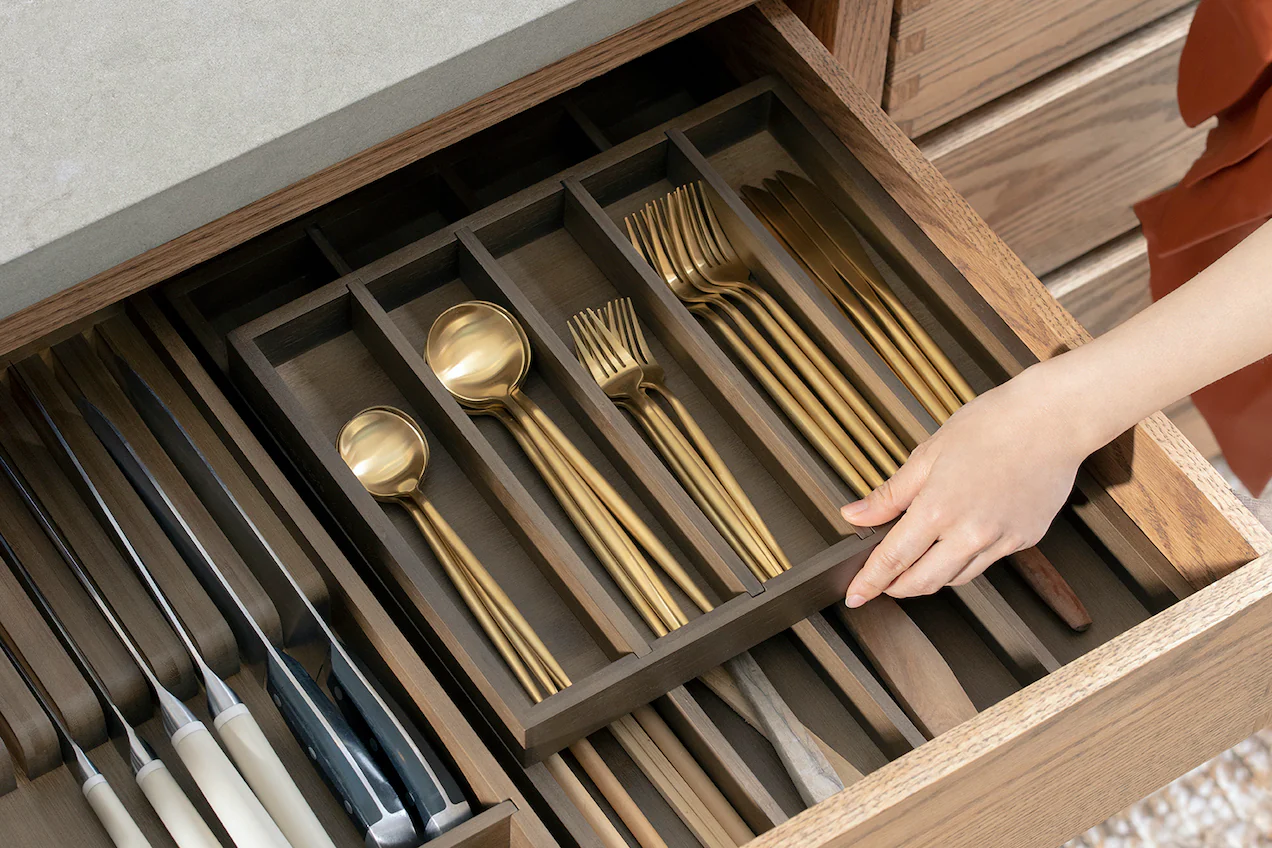
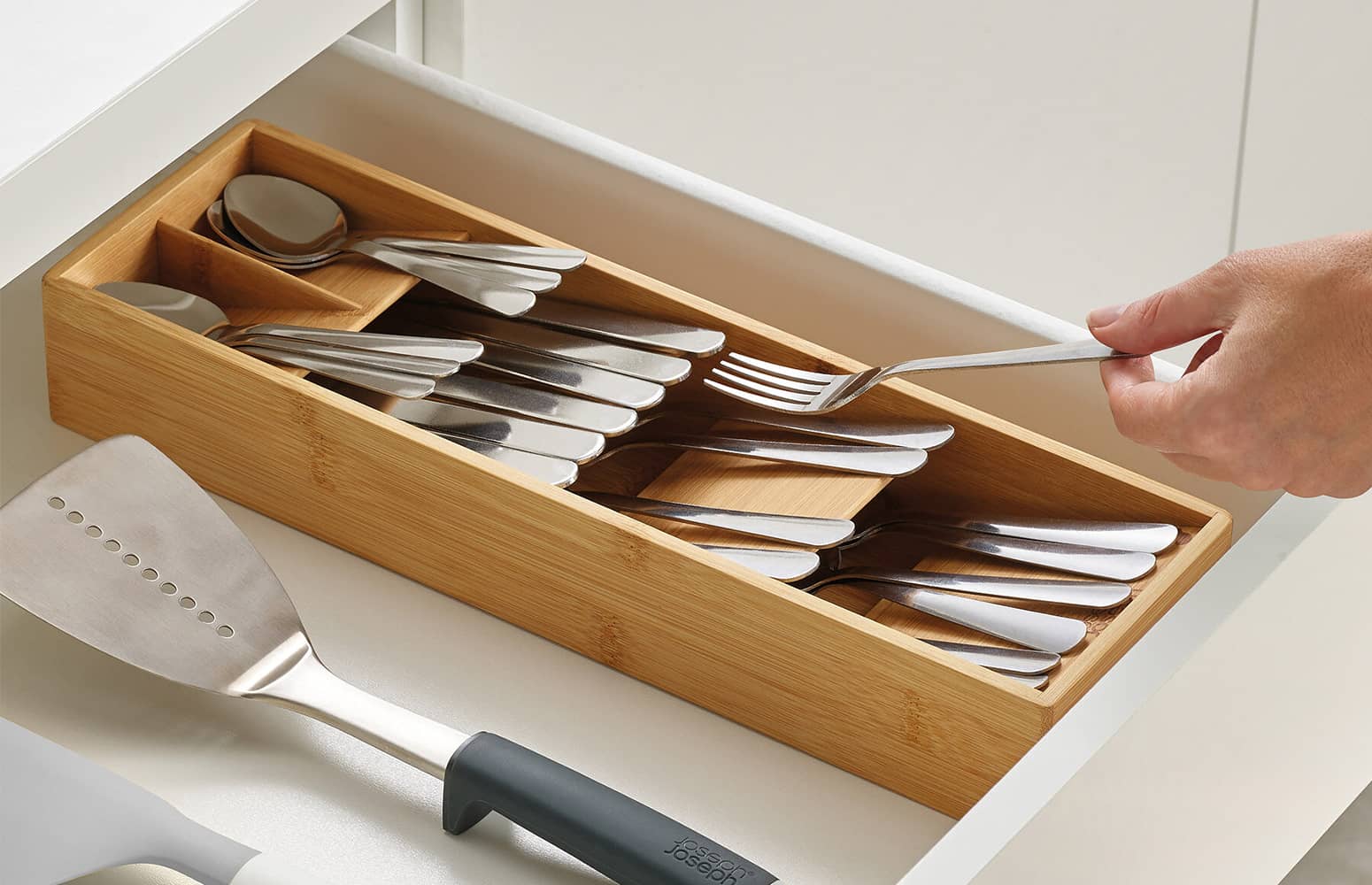
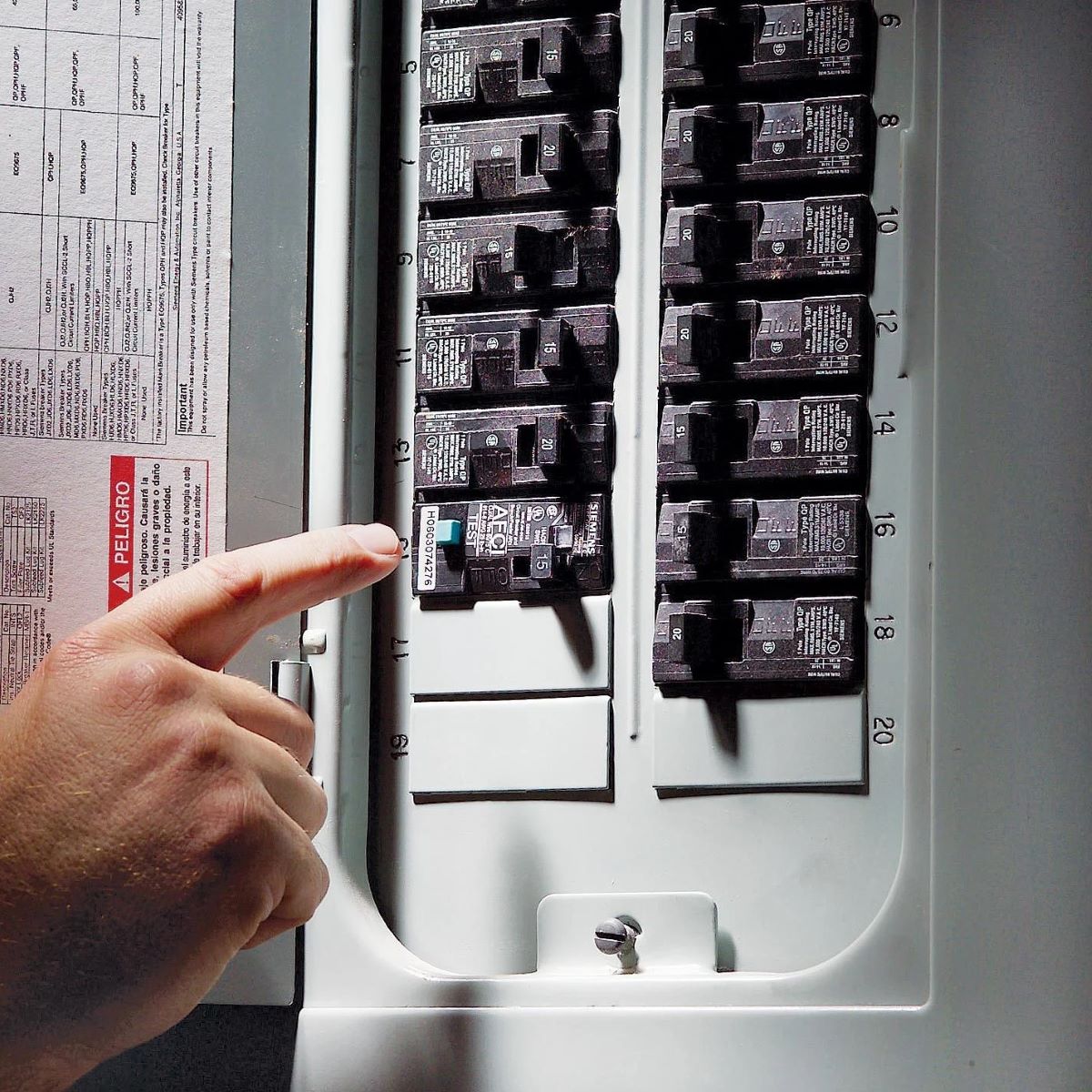
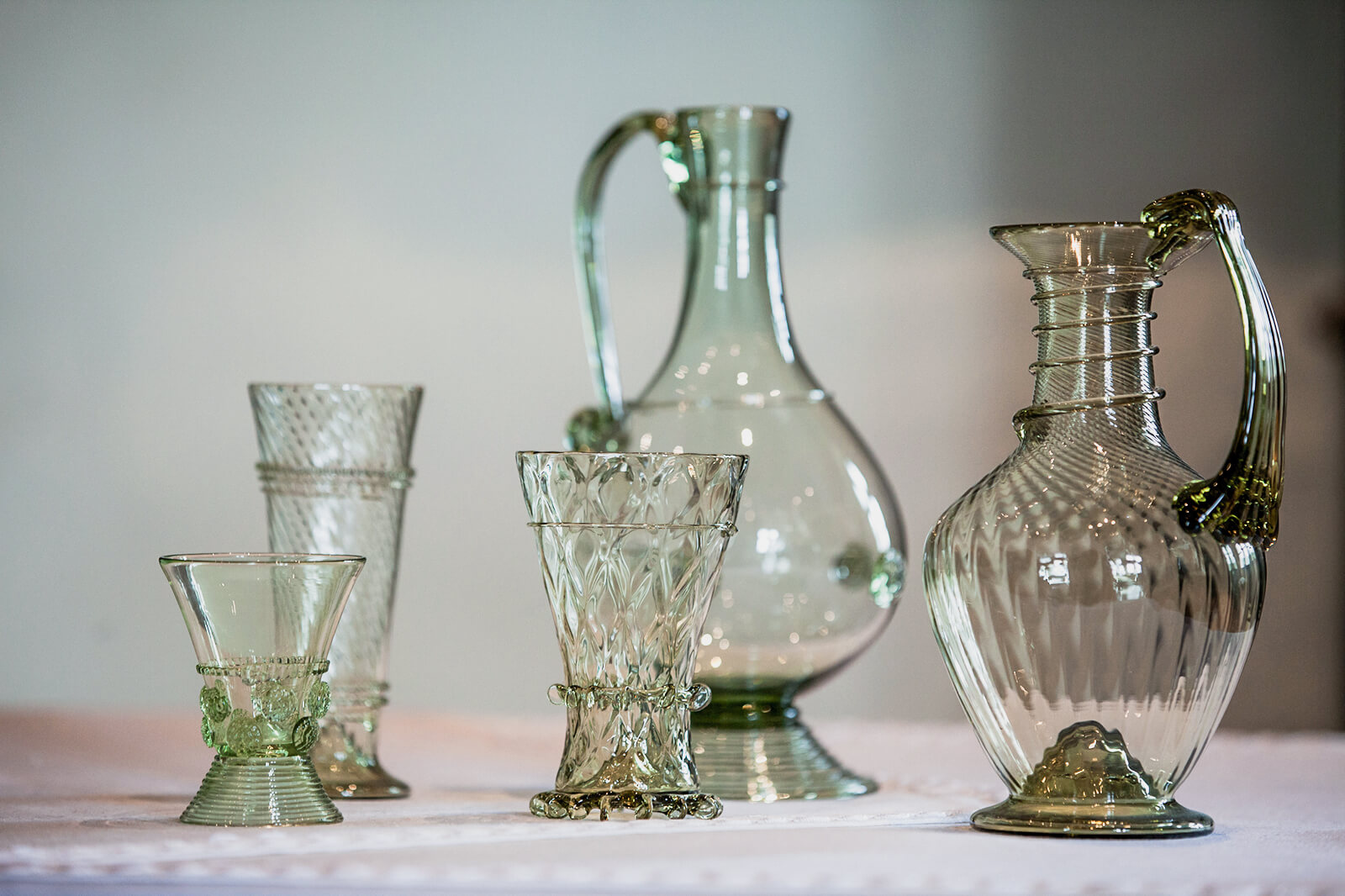
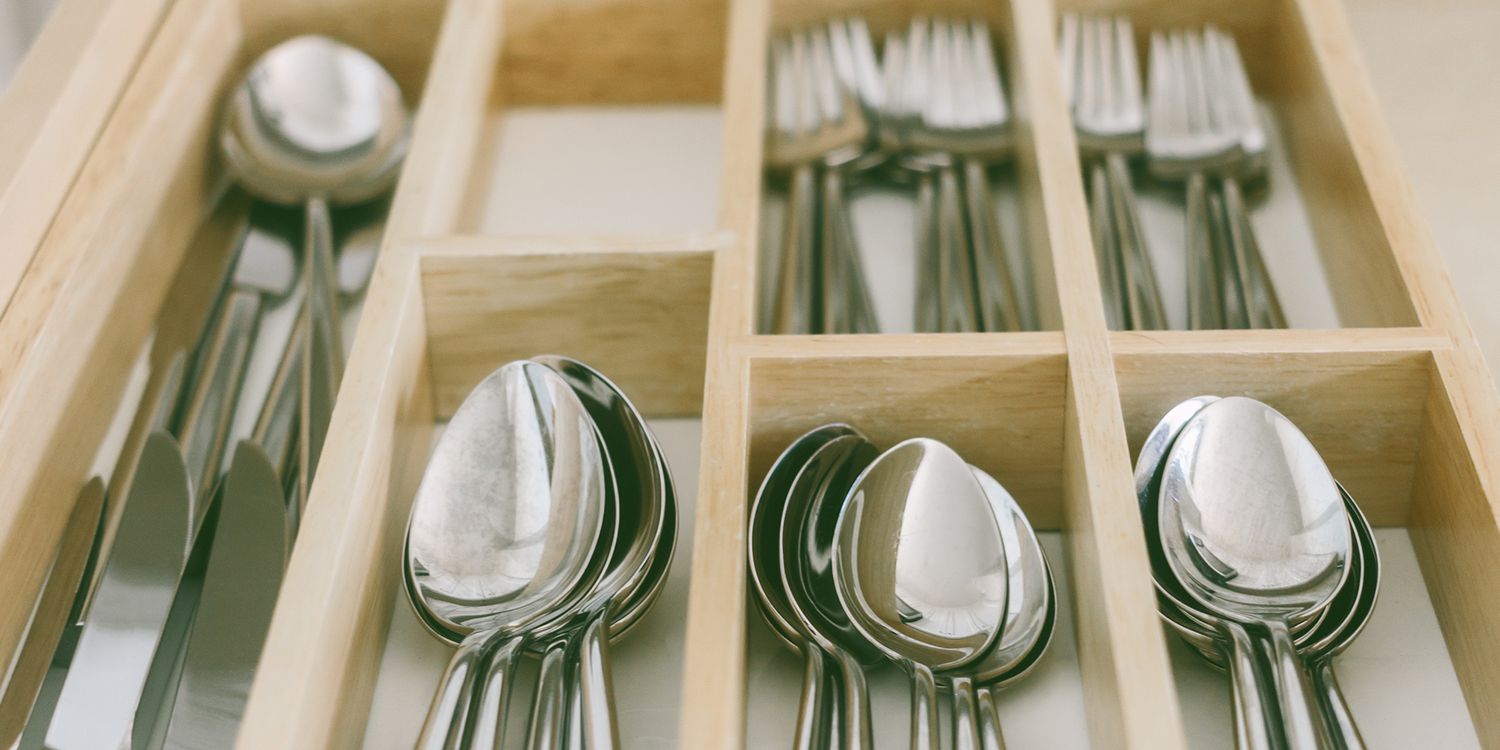
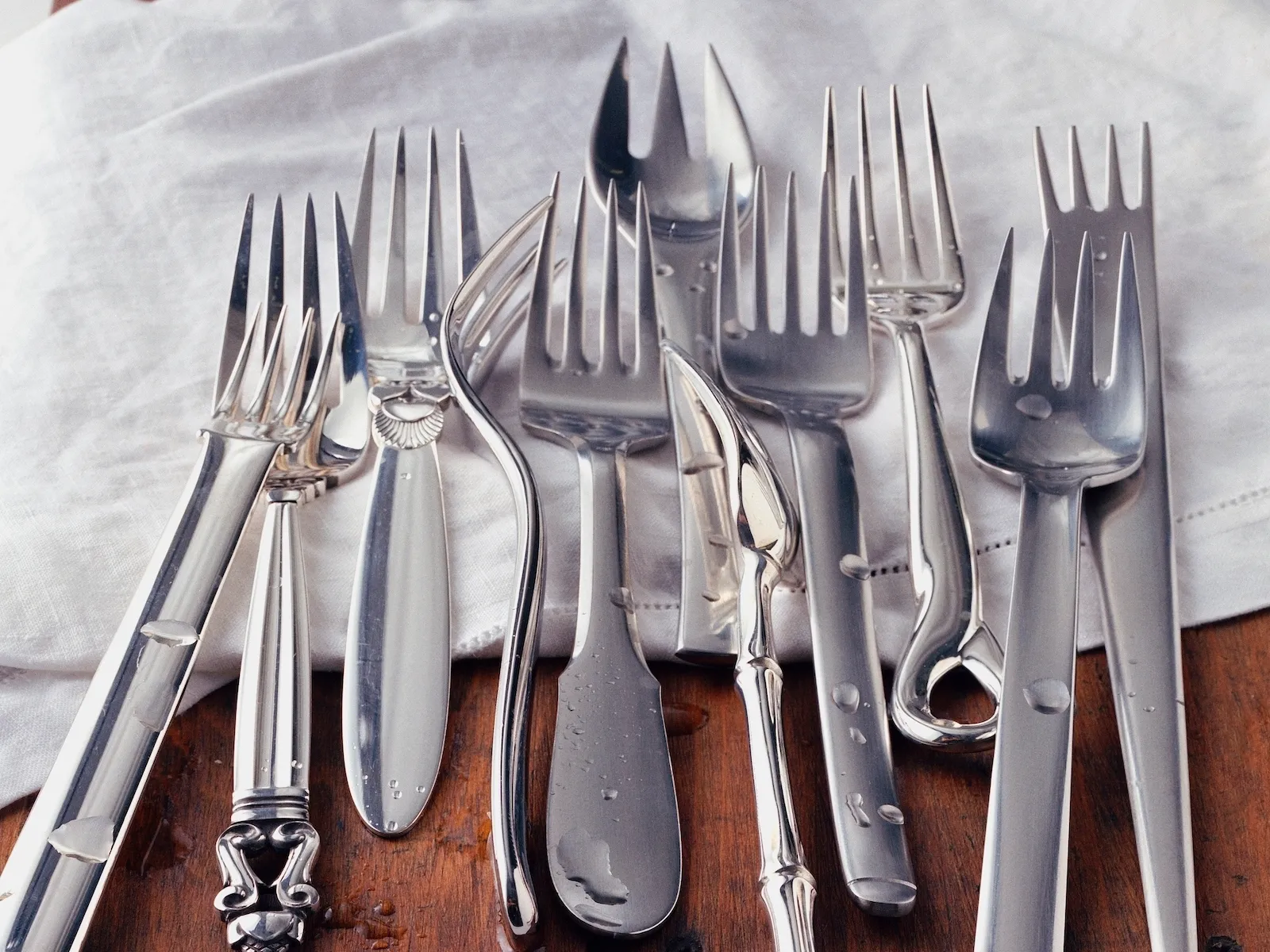
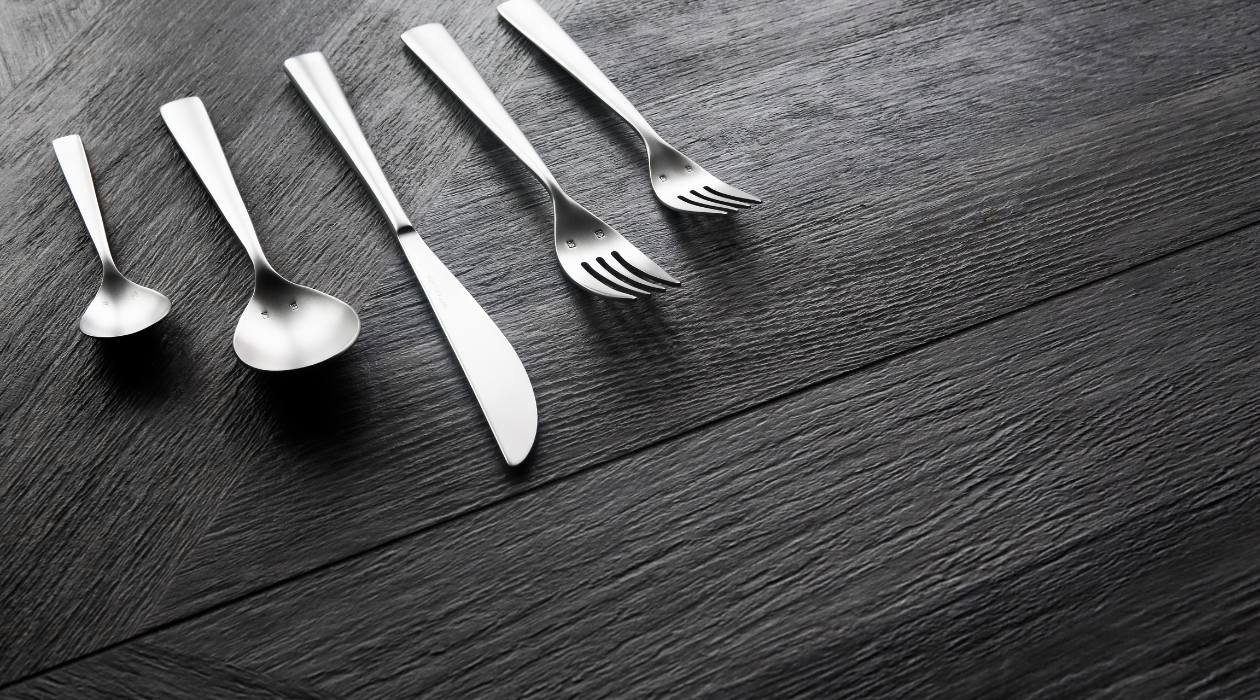

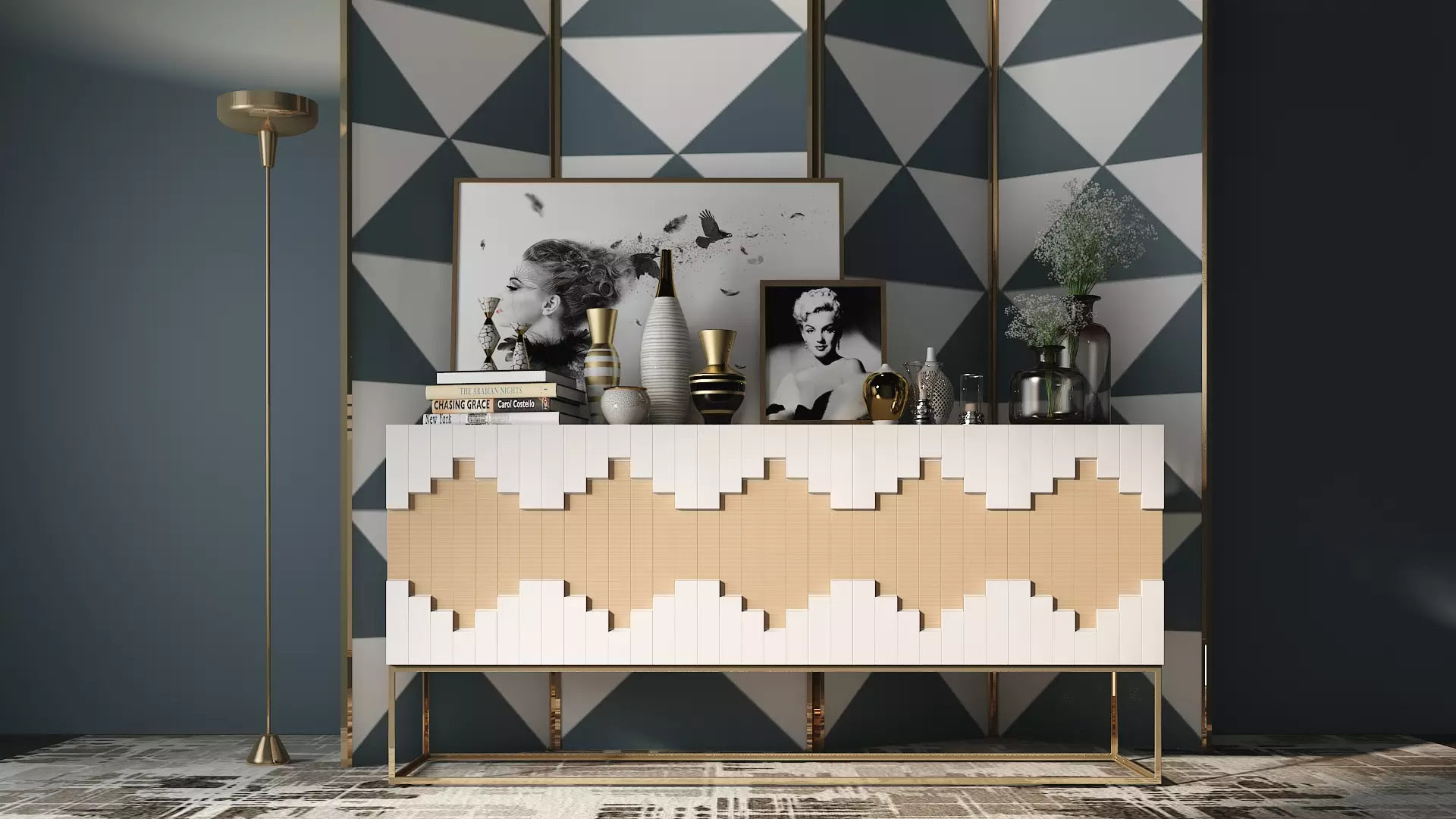
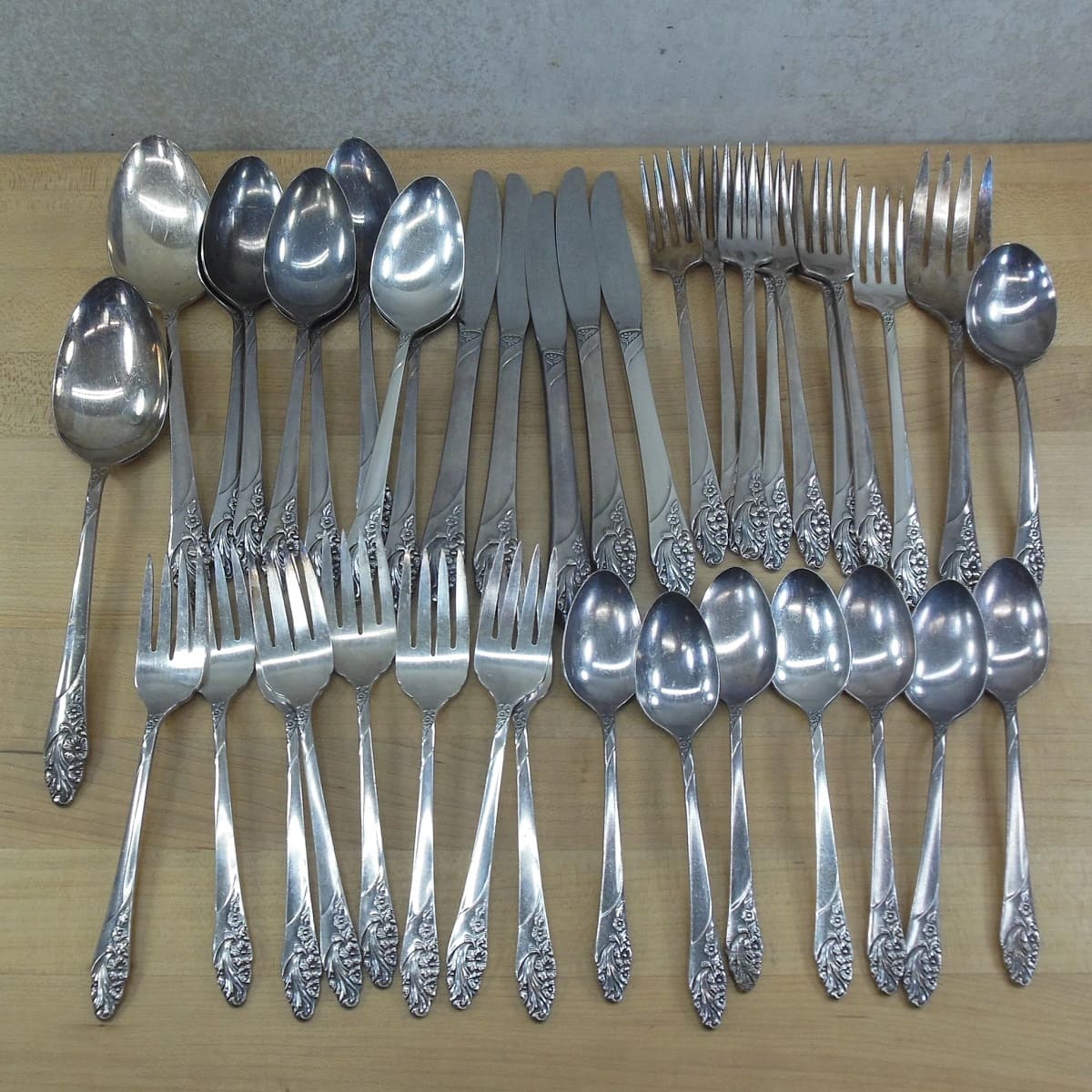
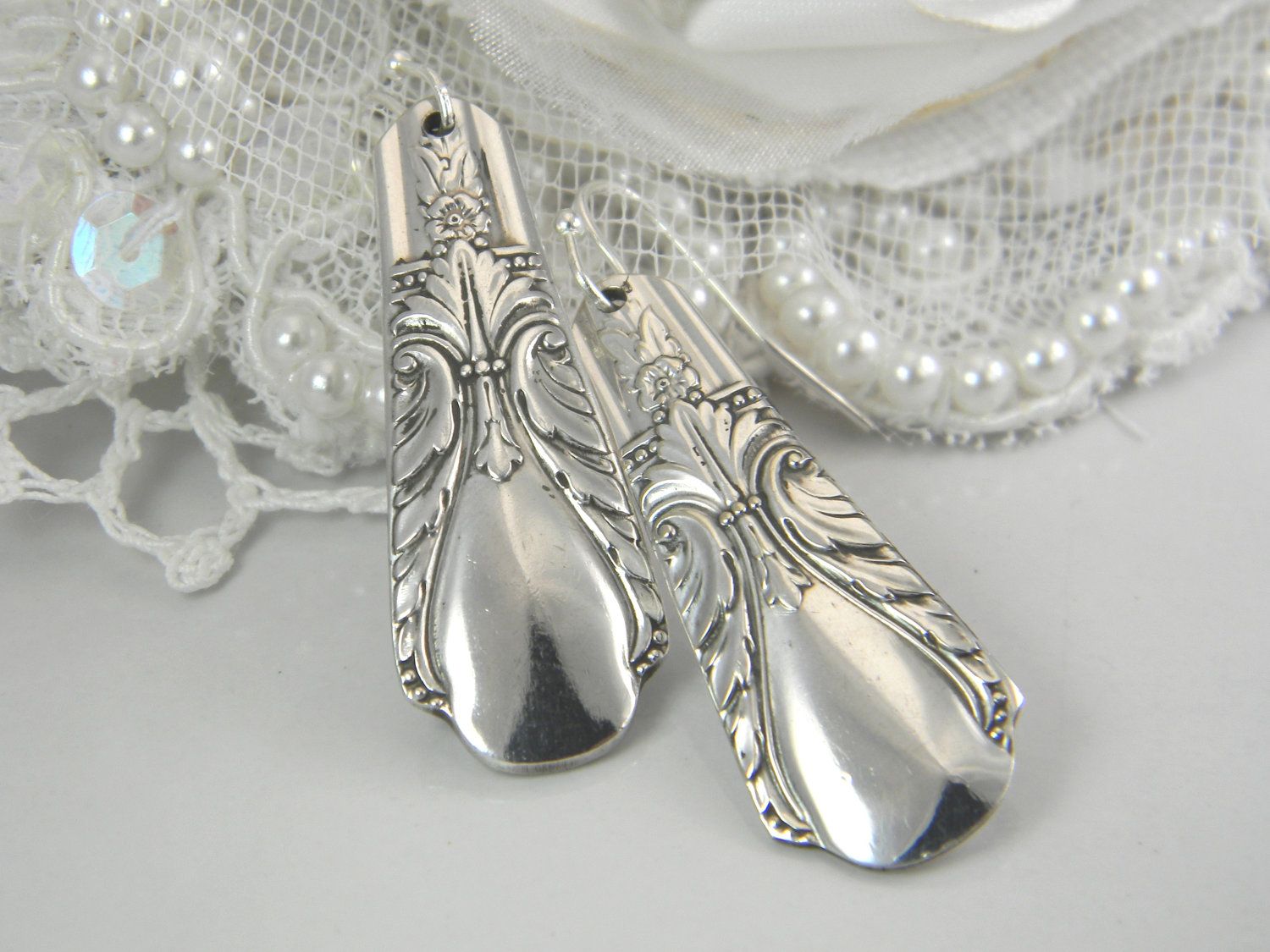
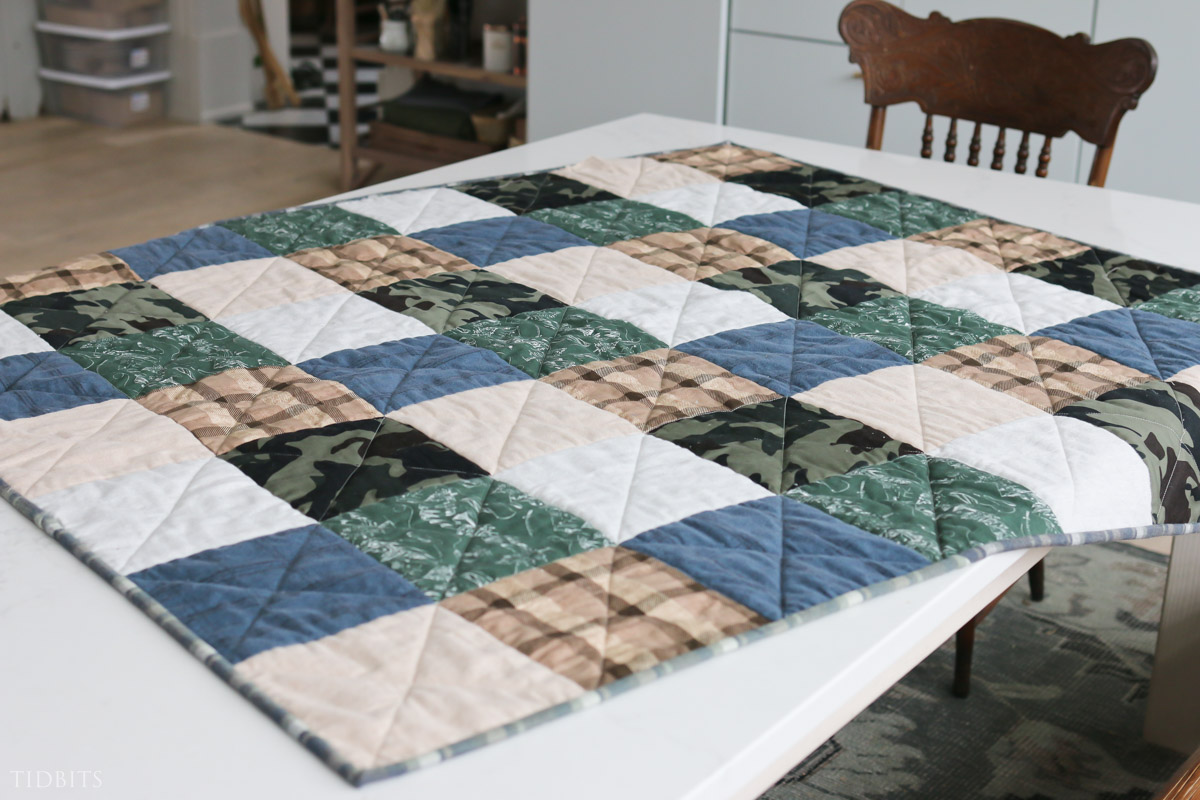

0 thoughts on “How To Identify Oneida Flatware Pattern”